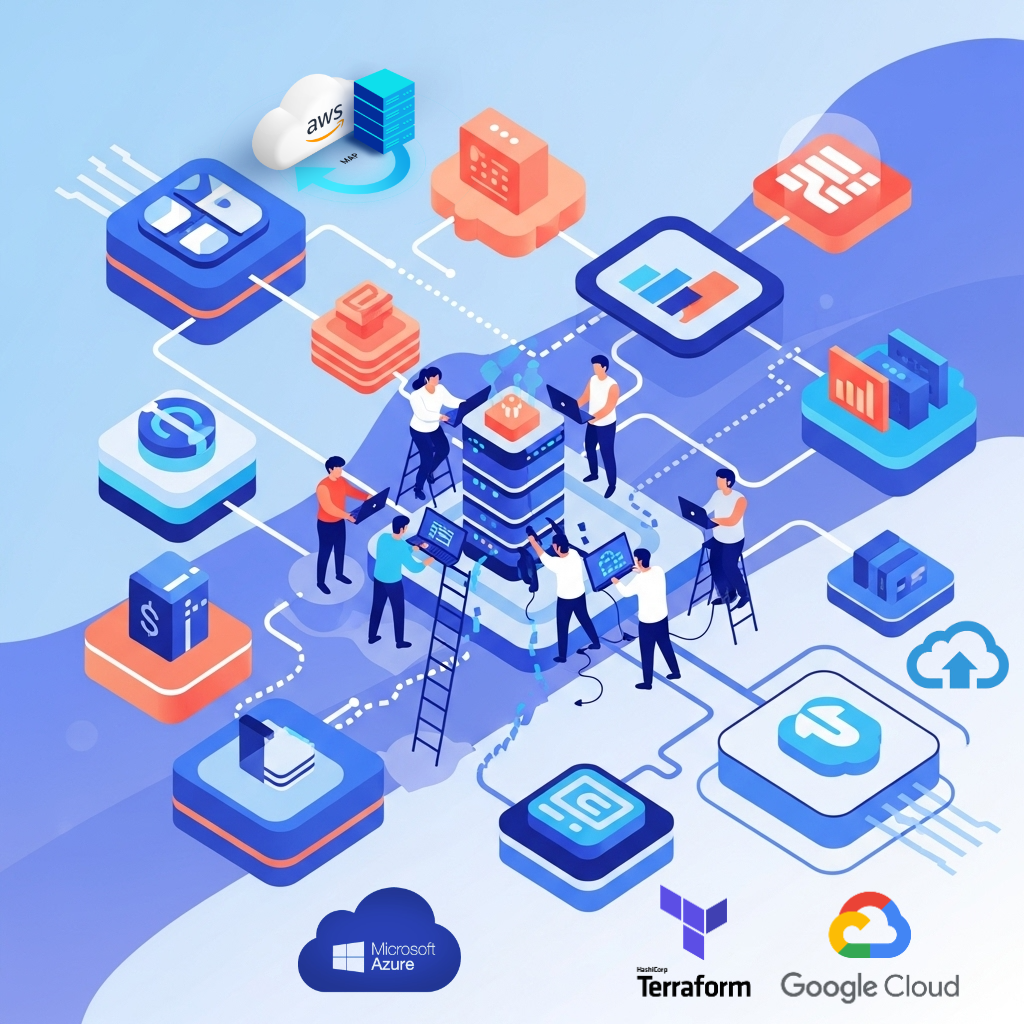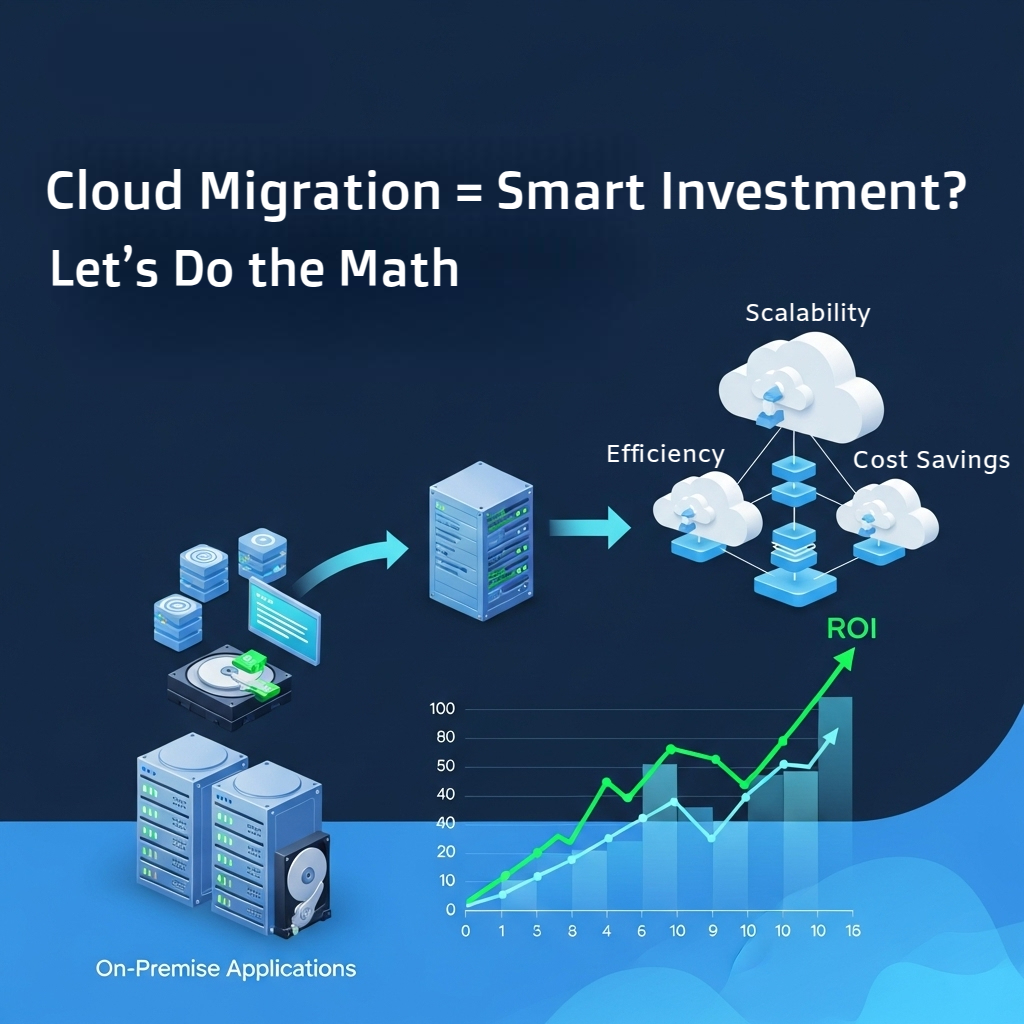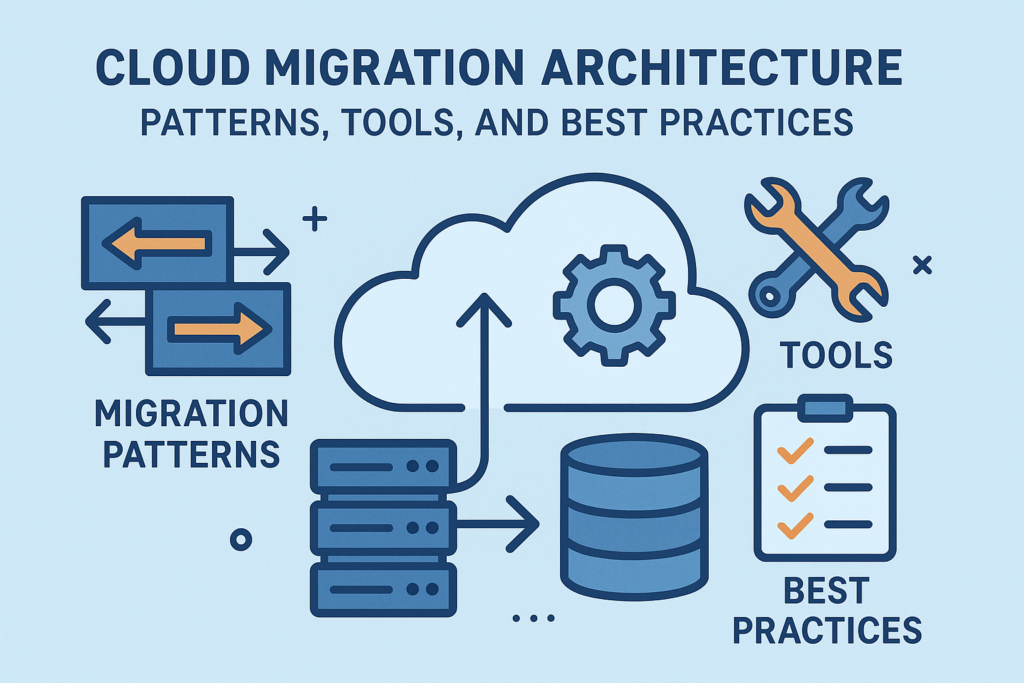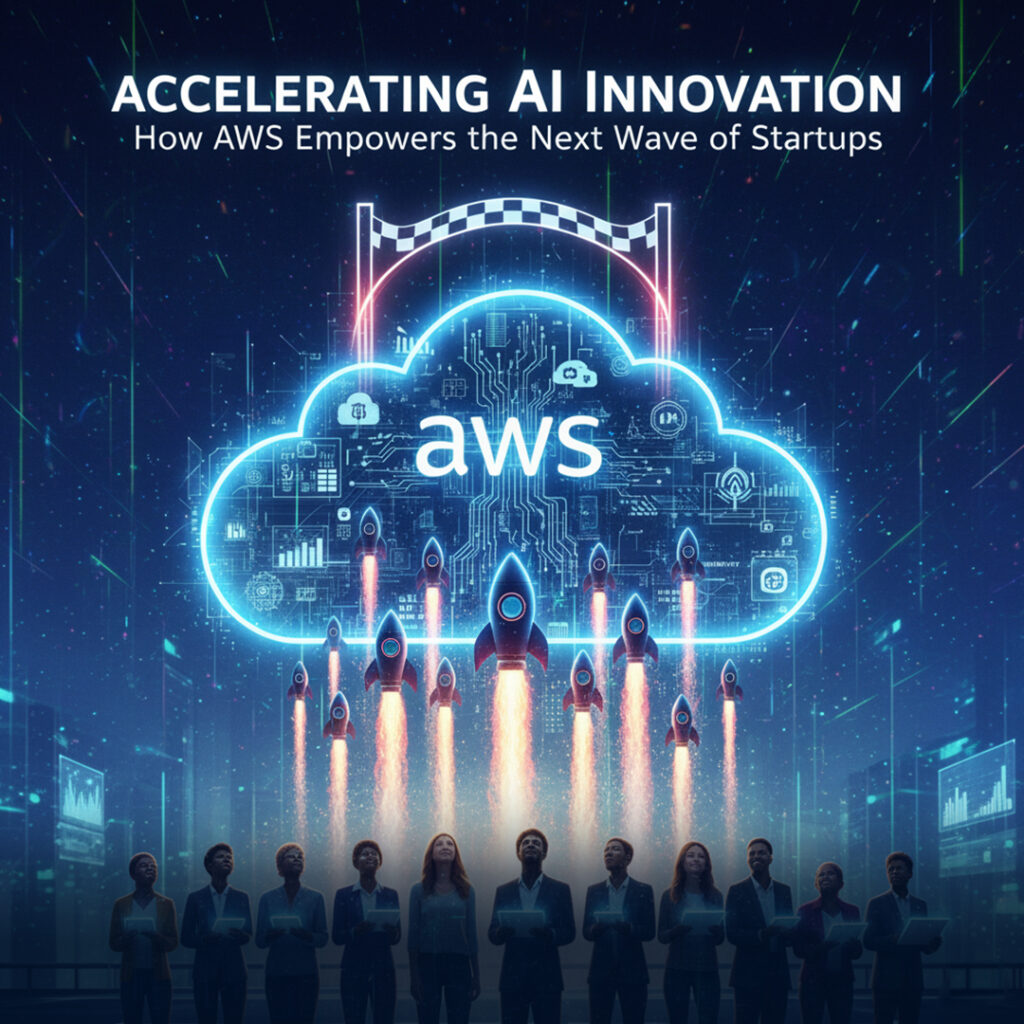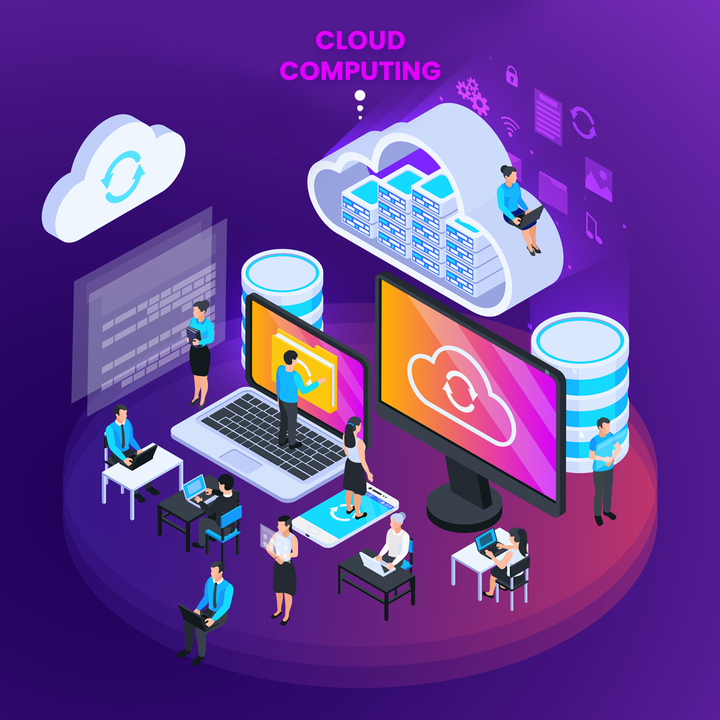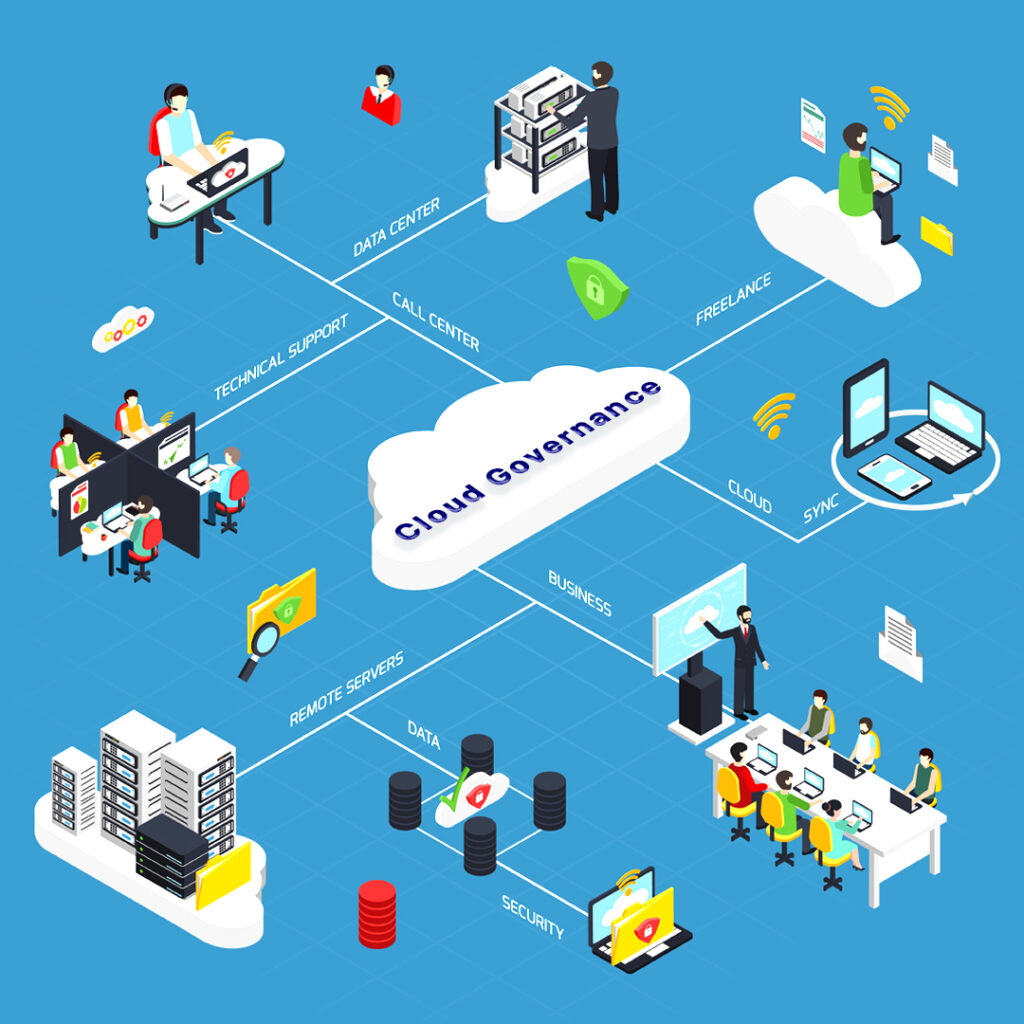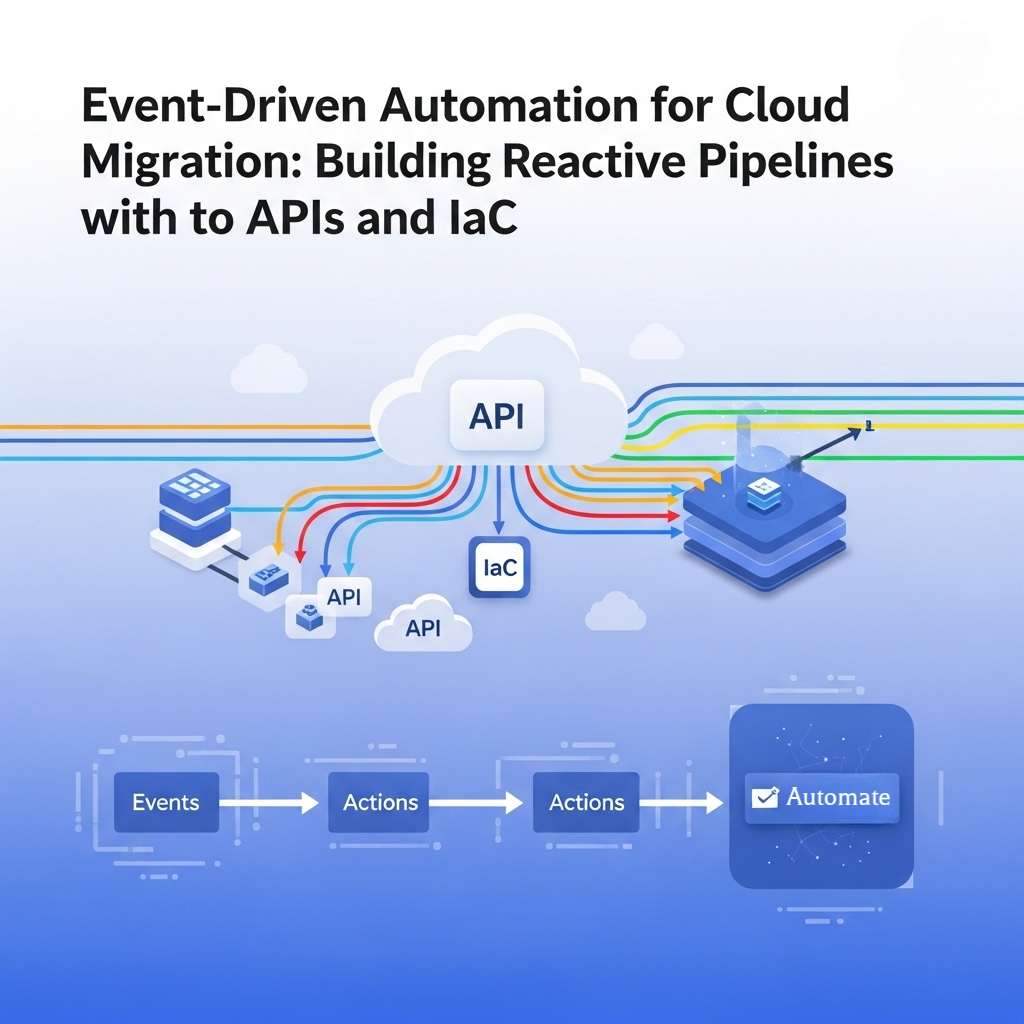
How Can Event-Driven Automation Simplify Cloud Migration?
In today’s cloud-first landscape, you’re expected to move faster, smarter, and more securely than ever before. Migrating workloads—from on-premises data centres to cloud environments or even between clouds—is no longer a simple lift-and-shift job. It’s a strategic transformation where every decision matters. Traditional manual methods often fall short, struggling to keep pace with the speed and complexity of modern infrastructure. This is where event-driven automation makes a significant difference. Instead of waiting on scheduled scripts or human intervention, your migration reacts instantly to system triggers, user actions, or infrastructure changes. By combining Infrastructure as Code (IaC) with modern APIs, you can build reactive, resilient, and scalable pipelines that redefine how migration works.


